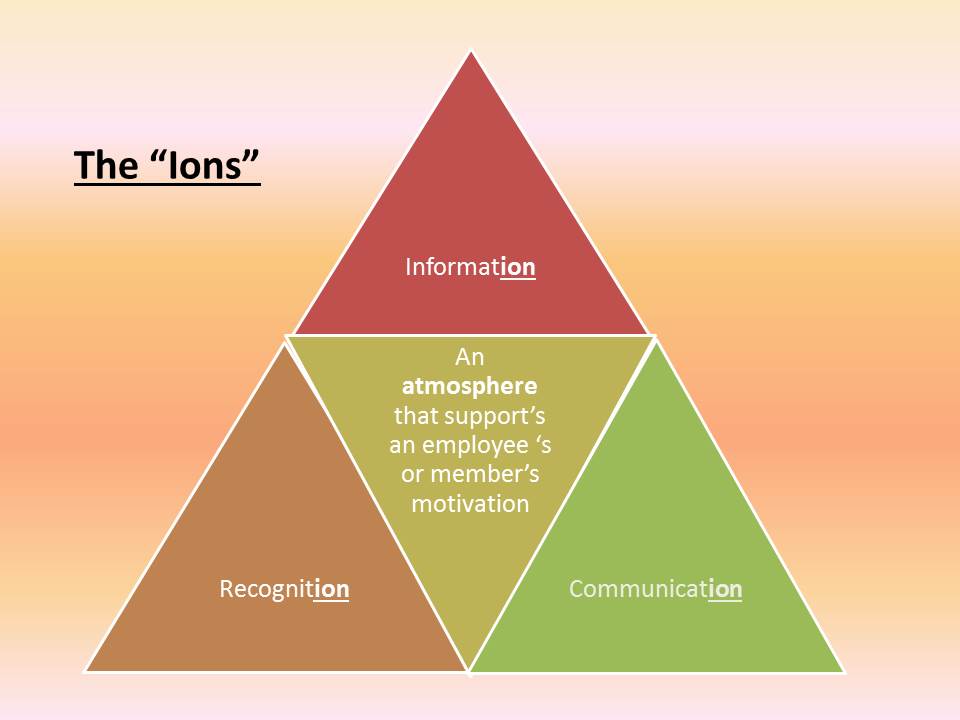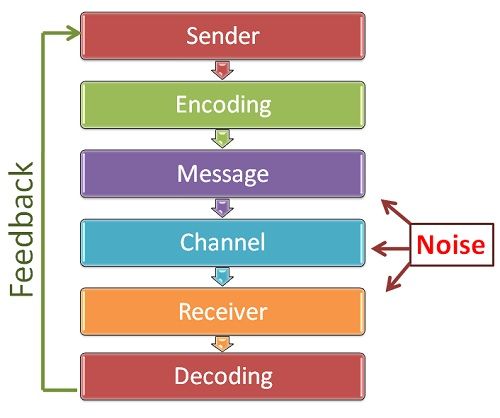Sponsored content by RESCUE Intellitech
By: Robert Avsec, Executive Fire Officer
I was fortunate in my career to attend many good—and some not so good—leadership and management courses, classes, and seminars. One common thread always seemed to be that one of the key functions of a leader/manager/supervisor (take your pick) is to motivate their employees or members. But can we really motivate another individual?
CREATING CULTURAL CHANGE
Much is being written and talked about concerning reducing the increased cancer risk that firefighters face from their exposures to the chemicals, chemical compounds, and carcinogens present in the smoke as they conduct interior structural fire suppression operations. And a common theme in those discussions is the need for cultural change in the fire service from the perspective of protecting firefighters from those exposure risks that arise after firefighters have completed fire suppression operations:
- Initial contaminant reduction;
- Isolation and containment of contaminated PPE;
- Transportation of contaminated PPE back to the fire station;
- Personal hygiene and clothing change for firefighters back at the fire station;
- Isolation of that contaminated PPE to reduce potential for secondary contamination in the fire station; and
- Reducing the risk of exposure to personnel as they clean and decontaminate PPE for its return to service.
We can teach people how to do their job safely, effectively, and efficiently. We can provide a sound organizational structure with policies and procedures and processes (i.e., “governing documents”) that are congruent with an organization’s vision, mission, and values. And we can attempt to modify undesirable individual behavior, when necessary, using progressive discipline.
But if we truly hope to attain 100-percent compliance with those “governing documents” it requires firefighters who are highly motivated to “do the right thing” because it’s the right thing, not because it’s in one of those “governing documents.”
I learned early in my career as a fire officer that you can’t motivate an individual, but you can provide a work atmosphere that supports an individual’s motivation. And having firefighters who are motivated to learn and employ new work practices and use new equipment, like the Solo Rescue® Decon Washer, is crucial for your fire department to be successful in its efforts to reduce their cancer risks.
And to develop such “highly motivated” firefighters it’s imperative that fire department leaders create an “atmosphere” that either supports—or “snuffs”—the “flame” of the motivation that an individual brings to the table. We can do this by focusing on providing an “ion-rich” atmosphere.
ION #1-INFORMATION
Providing firefighters with information is the critical “first ion.”
Start by providing every individual with a set of clear job responsibilities, the authority to carry out those responsibilities, and measures of accountability as described in more detail in Responsibility, Authority, and Accountability. Do each of the job positions in your fire department have clearly written job descriptions? (If not, NFPA standards, such as, NFPA 1001: Standard for Fire Fighter Professional Qualifications, are a great place to create those job descriptions using the minimum job performance requirements (JPRs) for career and volunteer fire fighters whose duties are primarily structural in nature).
Do those job descriptions accurately reflect your fire department’s expectations when it comes to cancer risk reduction efforts? And have you provided your firefighters with the knowledge, skills, and abilities to do their job (i.e., meet your expectations regarding cancer risk reduction)?
More specific to cancer risk reduction, have you provided your firefighters with the information that they need to be as informed and educated as possible about the cancer risks they face and how to reduce those risks?
ION #2-COMMUNICATION
Discussions about improved communication are much like discussions about the weather: Much talk about it but not much can be done about it. Good communication (the second “ion”) regarding cancer risk reduction must start with documented policy, procedure, and processes to guide cancer risk reduction efforts across the department. And not just for initial communication. Fire department leaders must use those same management tools to make necessary future changes in the “way we do business” (No management by memo!).
We have more “tools” for communicating within our organizations than ever before, but how effectively are we using them? For example, sending an e-mail out is efficient communication, but how often do we find it ineffective? Posting information on organizational websites, on the Internet or on an intranet, may ensure maximum broadcast, but how do we ensure that the information is received and understood?
Both of those examples are “one-way” communication; if the receiver doesn’t send a response back the sender has no way of knowing that the message was received, and more importantly, understood. (You practice confirmed communication on the emergency scene, right? So why not practice confirmed communication during the other 95-percent or more of your day?).
A MODEL FOR MORE EFFECTIVE COMMUNICATION
A commonly held definition of communication is that it is a two-way process wherein the message—in the form of ideas, thoughts, feelings, or opinions—is transmitted between two or more persons with the intent of creating a shared understanding. Here’s a visual of what that process should look like:
- Sender: The sender or the communicator is the person who initiates the conversation and has conceptualized the idea that he intends to convey it to others.
- Encoding: The sender begins with the encoding process wherein he uses certain words or non-verbal methods such as symbols, signs, body gestures, etc. to translate the information into a message. The sender’s knowledge (e.g., skills, perception, background, competencies) has a great impact on the success of the message.
- Message: Once the encoding is finished, the sender gets the message that he intends to convey. The message can be written, oral, symbolic, or non-verbal (e.g., body gestures, silence, sighs, sounds) or any other signal that triggers the response of a receiver.
- Communication Channel: The Sender chooses the medium through which he wants to convey his message to the recipient. It must be selected carefully to make the message effective and correctly interpreted by the recipient. The choice of medium depends on the interpersonal relationships between the sender and the receiver and on the urgency of the message being sent. Oral, virtual, written, sound, gesture, etc. are some of the commonly used communication mediums.
- Receiver: The receiver is the person for whom the message is intended or targeted. They try to comprehend it in the best possible manner such that the communication objective is attained. The degree to which the receiver decodes the message depends on their knowledge of the subject matter, experience, trust, and relationship with the sender.
- Decoding: Here, the receiver interprets the sender’s message and tries to understand it in the best possible manner. An effective communication occurs only if the receiver understands the message in the same way as it was intended by the sender.
- Feedback: The Feedback is the final step of the process that ensures the receiver has received the message and interpreted it correctly as it was intended by the sender. It increases the effectiveness of the communication as it permits the sender to know the efficacy of his message. The response of the receiver can be verbal or non-verbal.
Note: The Noise shows the barriers in communications. There are chances when the message sent by the sender is not received by the recipient.
One way to improve communication with your personnel is to make effective use of mobile devices (e.g., smartphones and tablets) and invest in mobile apps for those devices (See: Apps every firefighter should have on their phone). Use them for push notifications regarding changes to policies, procedures, or processes; new information on cancer risk reduction topics; and training opportunities.
Of the three “ions” necessary for an atmosphere that supports motivation, this one is perhaps the least abundant in many organizations. Recognition must start at the “grassroots”, i.e., with the first-line supervisor and colleagues. Everyone likes to know that they’re doing a good job and that their efforts are appreciated. Several schools of business, e.g., Harvard Business School and the Wharton School of Business at the University of Pennsylvania, have conducted studies over the years to ascertain what management behaviors have the most positive influence on an employee’s work performance.
The #1 Response? Feedback from their first-line supervisor on a regular—daily or weekly—basis (Typically between 60-70 percent of respondents). The follow-up question is typically, “How often do you get such feedback from your supervisor on a regular basis?” The response to that question? Usually only about 30+ percent of survey respondents indicated that they get such recognition.
People like to know that their efforts and positive outcomes are acknowledged, and they also want to know when their work is not “up to par” so that they can do better. What they don’t like is hearing nothing at all, or only hearing about it during an annual performance appraisal (which we all know is only an appraisal of work performance for, at most, the prior 30-60 days).
Don’t take my word for it—though I hope that my words have moved you to look for your “climatologist” hat—because there is a fire service colleague of mine, Reggie Freeman, PhD, and Fire Chief for the Oakland (Calif.) Fire Department, who is a “walking, breathing, and talking” champion of employee and team recognition. I don’t know that anyone does a better job using social media and his personal visits to Oakland fire stations to recognize the great work being done by his folks.
 Fire & EMS Leader Pro The job of old firefighters is to teach young firefighters how to become old firefighters!
Fire & EMS Leader Pro The job of old firefighters is to teach young firefighters how to become old firefighters!

